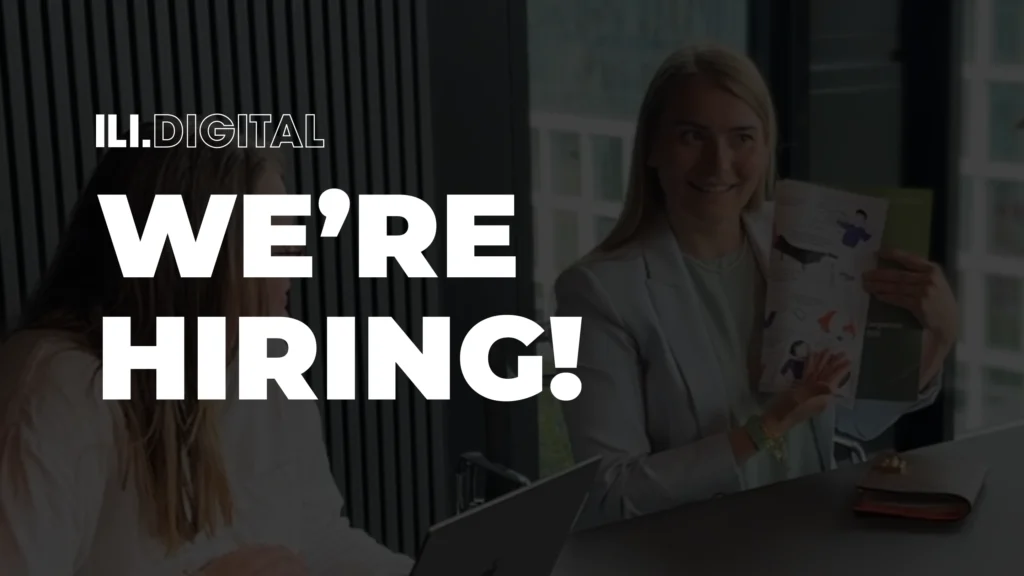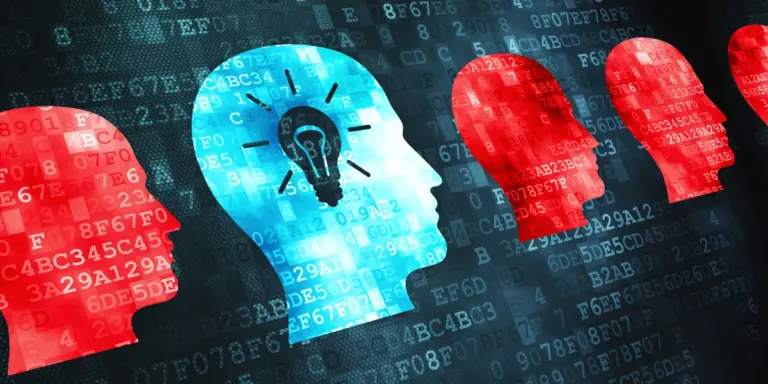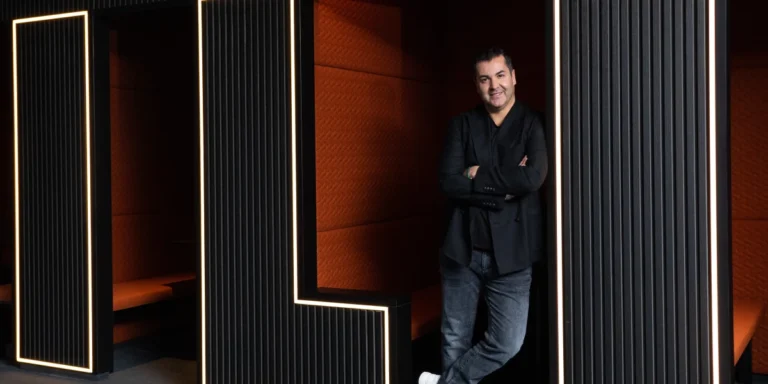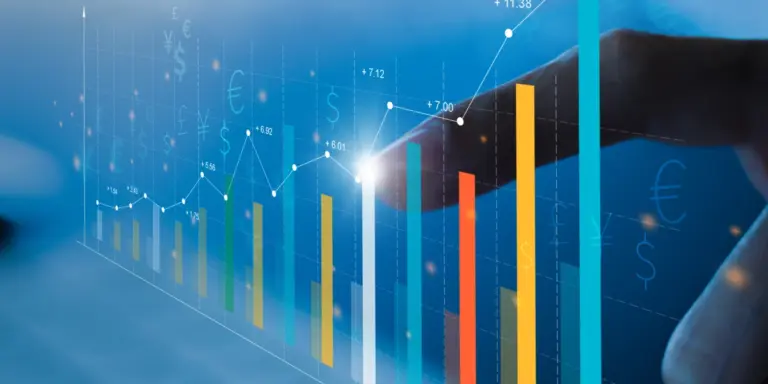
- Industries
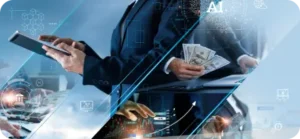
Transforming Financial Instructions
With Innovative Digital Solutions - Services
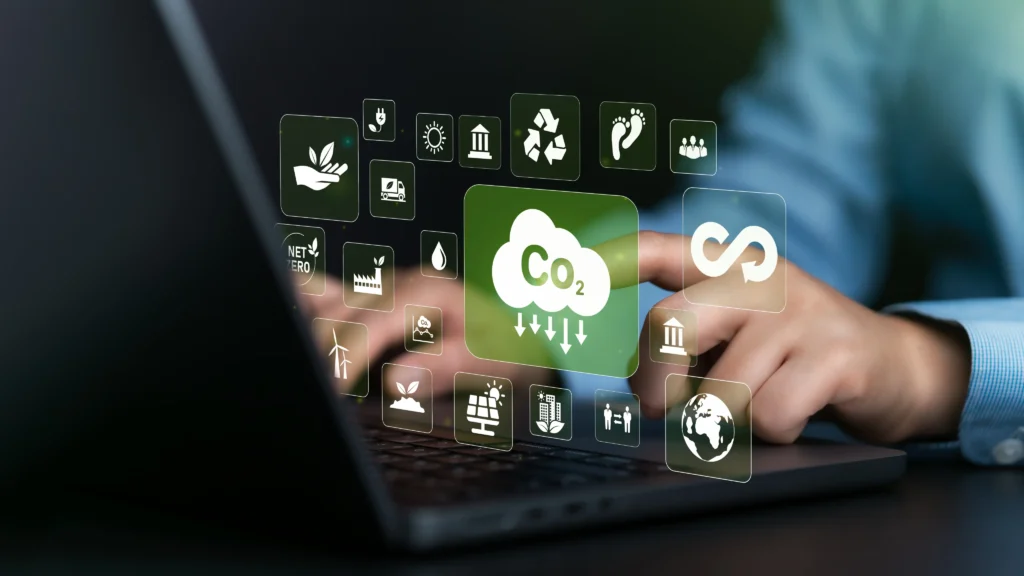
Reduce Corporate carbon Footprint with gecco2
- Insights

Corporate Carbon Footprint and ROI
- About
- Industries

Transforming Financial Instructions
With Innovative Digital Solutions - Services

Reduce Corporate carbon Footprint with gecco2
- Insights

Corporate Carbon Footprint and ROI
- About
EN
We accompanied Markus Keller during one of his regular morning runs in Bonn to talk about his approach to smart city, the current digitalization status of German cities and new projects of Telekom, that he helped to implement in many cities around the country.
MARKUS KELLER
Former Senior Vice President Smart Cities at Deutsche Telekom AG
Table of Contents
Markus Keller: The Smart City Toolkit
Serhan Ili: Hi Markus, do you ever get ideas for your job while jogging?
Markus Keller: I usually jog mornings, unless I have to take a very early plane. Sometimes I use the time jogging to reflect on job-related topics.
I consider this as a moment to consciously perceive what actually exists. You’re often trapped inside everyday issues, which I try to avoid while running, by focusing completely on the exercise. Once I’m almost home, I start thinking about current challenges and issues. I don’t think I’ve ever had a brilliant idea while jogging. Often, there are one or two points about some issue from the day before, or something else on the day’s agenda. I write these down before going for a run, and mostly I can solve them better afterwards. I am no Gyro Gearloose who gets brilliant ideas while jogging or taking a shower.
Serhan Ili: One of my favorite writers is Haruki Murakami, a Japanese who wrote the book “What I Talk About When I Talk About Running.”
He is an enthusiastic marathon and even ultra-marathon runner and is one of the most successful writers in the world. For him, running is part of his life’s rhythm. His days always include an hour of jogging after work. He goes straight to the computer in the morning, writes for five to six hours and then runs for an hour. In his book, he compares his work as a writer with running marathons, and the consistency and endurance he needs for both. Can you relate to this?
Markus Keller: Yes, I feel the same way, because I have to go running. I have always partaken in sports and never need to force myself to go for a jog.
It’s really nice here in Bonn, where I live near the Rheinauen park. When I jog in the morning, I see rabbits, roes, ducks, otters, or deer; it’s amazing.
Jogging in the morning is an integral part of my life and if I don’t do it for a few days, it’s not good for me. I need it, it’s a part of my rhythm. I also have a family, four small children, and I have to manage my time. This is the famous rush hour of life. I like being a family father and it’s important for me. I also founded and sold a company many years ago. I still accompany founders during the start-up phase, am part of the jury for some business plan competitions, and do a number of other things there. The corporate entrepreneur environment provides a good balance. The founders’ scene has developed very well here in the Rhineland area: it’s a great location for that.

How do smart city topics generally affect runners and sports in public spaces?
A lot, of course. For us at Telekom, a smart city is not a technology jungle with more and more sensors monitoring us, as is currently prevalent in Asia.
For us, a smart city is first and foremost an environment worth living in, one that gives us something in return. And that doesn’t apply only to cities, but also to the countryside. So, for example, when I’m in a crowded city, issues like stress reduction are important. Where and how can a city and its surroundings return quality time to me? The quality of life, for example, in the form of clean air. For joggers it is important to know when air pollution in the city is above recommended levels. Data from smart cities could tell you when and which route would expose you to the least amount of air pollution.
Are we right in seeing that your City Tree project combines ecology and biology with a smart city?
Yes, that’s one example. The city tree is an exciting product, where a Berlin Start-up has joined us as an enterprise from the corporate sector. We are working on a product that combines the strengths of biology and technology. This leads to a very profitable mix. As a company, we have a sustainable approach. In the case of the city tree, you see only green moss on the surface and this hides the technology. There’s a lot of technology housed between the two walls of moss. There’s one unit that enables real-time measurements of air quality, an IoT (Internet of Things) unit, and a small cell (a small active network unit), to ensure a great connection. Those are just the basic components, and more can be added. For example, one could have a charging station for e-bikes, CCTV to monitor public spaces, and much more. But we don’t want to place technology in the foreground, but rather create an environment worth living in. We want to use the benefits of technology and at the same time remove whatever aspects that bother us about it.
Could you give us the three most important milestones of your career that define your journey up to now?
I grew up within a traditional German family business. It was pretty down-to-earth, and we knew what hard work meant. When I was still a child, I did all sorts of things there like handing out our family business bills by bicycle every Saturday.
After finishing high-school, I was lucky enough to study abroad in Warsaw, Rio de Janeiro, and Hongkong. That’s what shaped me. The third milestone in my life is right now. It’s a privilege to have the opportunity to actively shape the fourth wave of digitization.
Four waves of digitalization? Can you explain better?
Yes, the first one was the Internet accessed via a desktop PC in the 1990s through Yahoo, etc. The second wave began with the iPhone in 2008. The third wave was the smart home concept with connected devices and voice-assisted speakers.
The next experience will come when all public space becomes digital. At that point, if you put your phone away and turn off your computer, you’ll still be captured digitally. This is a vital point right now. I believe that helping to shape this responsibly and gain the many advantages along this path in a free and democratic environment will be a significant step for future generations.
how can a city and its surroundings return quality time to me?
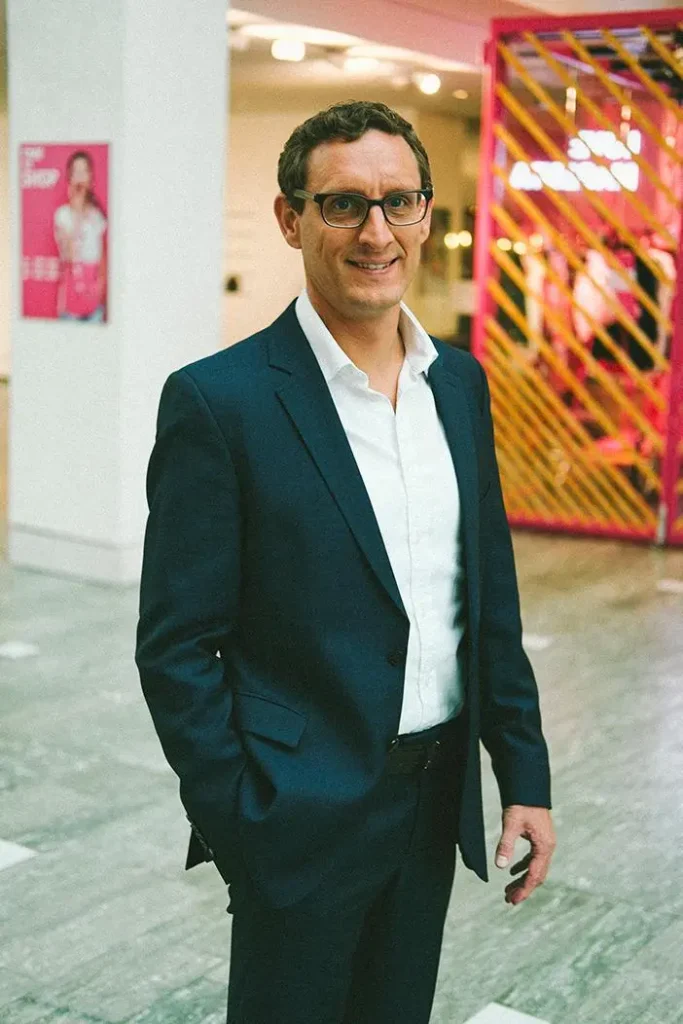
Telekom and smart city projects
What is your position at Telekom?
I am responsible for the Smart City and Smart Region projects worldwide. A new unit was set up for this purpose. We advise, plan, implement, and operate projects and platforms in public areas.
Does consulting and planning mean that you work with the parties involved in smart city projects?
Yes, we work with public institutions, citizens, established businesses, and start-ups.
Is it easy to convince people about smart city projects, or do you still have problems persuading decision-makers?
In Germany, you will hardly find any digital cities. In Europe, we often highlight Vienna, Barcelona, London, or Copenhagen. The Scandinavian and Baltic countries dealt with digitization more openly in the past, which has put them on the forefront today.
Let’s take digital parking as an example: in Scandinavia or the Netherlands, coin machines for parking fees became unnecessary and disappeared. In Germany, 95% of the people still prefer to use them instead of smartphones. As a consequence, on average we pay € 90 extra p.a. We are certainly not at the cutting edge, nor are we early with the transformation to smart cities. However, it is encouraging to see how pushy cities like Monheim am Rhein have been, because they simply executed their ambitious strategies – and citizens are loving it!
Yesterday, I joined the German Forum of the German Cities Association in Berlin. Lots of financing is available, and both citizens and decision-making committees want the change now. The real challenge is to find competent people. Public service is not attractive for young tech talent. This must change. Again, the Netherlands is paving the way here.
How do you address new projects?
We asked ourselves how we should approach the field of smart cities. Usually, carriers take a tech-centric approach, like when installing a 5G antenna, a small cell, or laying fiberglass cables. We learnt that customer-centricity is the key to success. We invited city representatives, specialists, managers, decision-makers, and executers to a dedicated program at our Telekom headquarters. Focusing on the design, we defined challenges faced by smart cities and let mixed teams of experts work on them in their respective environments. Our excellent design team at Telekom managed this process and technology specialists provided support upon request. The task was to build prototypes, and during last year’s summer break, we built twelve of them. As a company, we gave assurance that we would take the prototype with the most approval and turn it into a product, at our expense. This was the birth of our Smart City app.
Which toolkit did you use?
Together with 40 cities, we developed a unique methodology to push digitization forward in the public sphere. Our co-creation toolbox, which can be downloaded, is recommended by the German Cities Association and Smart Cities United, as a convenient, standard methodology for the transformation towards smart cities worldwide.
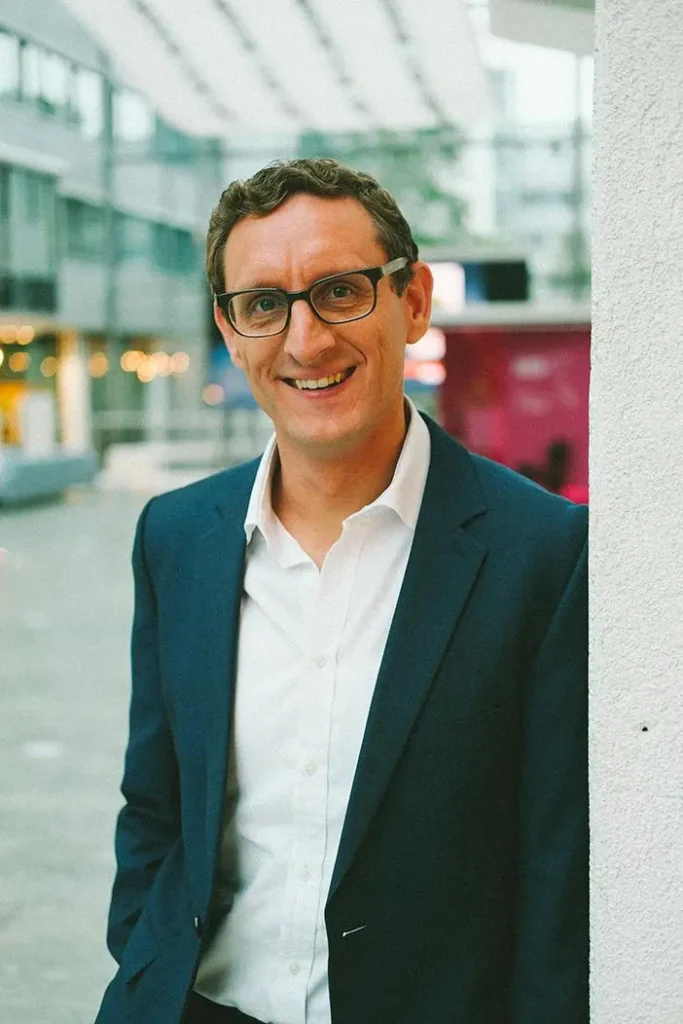
Sustainability & Success
As you go along, how big of a problem is our German habit of overthinking for your success?
Sometimes, a big one! We Germans love to discuss issues endlessly. It is not our strength to approach tasks in a practical, hands-on fashion and complete them quickly. Of course, this is also an advantage, because in this way you involve many people and get to discuss/resolve issues in advance.
But this means that the completion rate of projects in Germany is very low. If we had completed more smart city projects by now, their advantages would be much more evident. Thus, uncertainty, ignorance, or fear are often still in the foreground, instead of the positive facets.
We have just addressed the issue of sustainability and ecology. Sustainability has often restricted the smart city process. Many things that have been developed, like a street light that turns itself on and off, or adapts to the ambient light conditions, are great ideas but not worthwhile, because the underlying technology and costs are so high that there is neither a financial nor ecological payback. These are virtually isolated solutions.
Yet, there are many simple and proven smart city solutions that are sustainable. Let’s look at a case that covers more than 20% of the smart city market worldwide: smart lighting.
Light is an incredibly important factor in our lives, that we can influence. Smart lighting can help improve traffic flows, reduce crime, increase sales, replace fireworks, etc. But light pollution has become a serious issue. Light accounts for about 20% of the power consumption worldwide, and our earth is a wandering, illuminated sphere at night. A street lamp uses 90% of the energy as heat: what a waste of our resources. The lighting infrastructure is relatively old in Germany, often dating back to the 1970s. It’s time to tackle this issue. This case is ecologically and commercially attractive: in most situations, we see savings and returns on day one. You could just replace the bulb with an LED, like we do at home. But a street pole can also be a strategic location for a city to improve connectivity, charge electric bikes, measure the noise or air quality, provide room to mount pole-cams, etc.
many simple and proven smart city solutions are sustainable
What must happen next?
Generally, cities have difficulties collaborating and agreeing on standards at state or even district levels across several municipalities. Such attitudes tend to slow us down. Firstly, cities want to work out everything themselves, instead of copying what works elsewhere. Secondly, in the German public sector, we often sense hostility towards the industry. Even local employers are viewed with skepticism, because they are seen as pursuing their own interests only to boost their bottom line. Consequently, projects become expensive, unprofessional, and non-replicable. It’s a pretty stupid way to burn taxpayers’ money.
How does it work here in Bonn?
Bonn is a better example. The city mayor of Bonn has comprehended the underlying issue. He brought large corporations such as Deutsche Post and Telekom to the table. Think about how many people commute to and from Bonn every morning and evening. If you wish to transform the traffic alone, without the industry, you simply won’t have a chance at success.
We can ask ourselves why Vienna, situated just across our border in Austria, was chosen as the most livable city in the world, once again, and why it’s so far ahead with its smart city project. The answer is simple: because Austrians culturally manage to bring their people together. Years of political unity between the SPÖ and ÖVP parties, which one can certainly criticize, has led to the fact that they are quite united. The question is how effectively one can bring people together, and not just from an economic perspective.
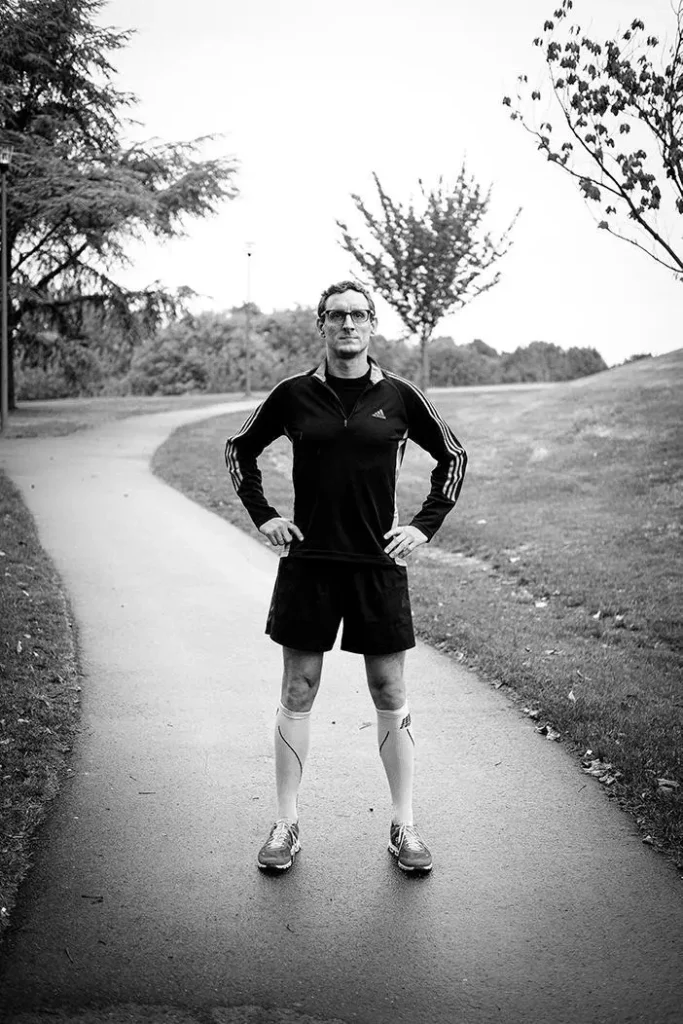
Darmstadt: An example for a successfull digital Germany
You also talked about cities that are ahead in terms of their smart city projects, Barcelona, for example. How do you measure their success?
The same cities appear in most rankings, based on a defined set of criteria. One criterium is the quality of life, as measured in terms of education, environment, housing, and culture. Another is the economic component: what kinds of jobs are there, the attendant circumstances, etc. Studies found that cities that digitized in the past, exhibit around 15% higher average economic growth today.
In Germany, the city of Darmstadt has achieved quite a lot. Three years ago, Darmstadt won the BITKOM competition and branded its project “Digital City Darmstadt.” It is well prepared for the future. The mayor is a green party leader, but also an early adopter of technology. Bringing these two worlds together is what Darmstadt does very well. By the way, we set up our first city tree in Darmstadt. We invited citizens and the mayor to an event, where we presented the benefits. People loved it, and feedback was great. You will see more city trees in Darmstadt.
The perfect Business model for a smart city
If you sense skepticism towards the industry in municipalities, can you tell us about your business models to address this issue in the context of smart cities?
We have four key aspects in our business model:
- Firstly, we serve as consultants, which in itself is a way of doing business. Our approach is co-creation, which also distinguishes us from others. We talked about the toolbox earlier. We do not enter into talks as an ex-monopolist seeking to lay fiberglass cables, but talk to them as equals. The cities define the content, we step in with our methodology. That works very well. After my presentation at the German Forum yesterday, a mayor from the plenum said that he would urge his colleagues to consider cooperating with Telekom, because it worked so well for him. Such a good reference is the best we can hope for, demonstrating that we are able to establish a very positive position. When it comes to expansion of the infrastructure, one often hears that Telekom is not in a position to do more, because it’s at its capacity limit. Often there is the expectation that Telekom is the government provider, although Telekom’s market share is only 40%.
- Secondly, we implement projects. There are many smart city consultants, but the issue of how to set up a project is often neglected.
- Thirdly, we run the operation, a crucial part of the business model. When it comes to software and data, they have to be hosted and stored somewhere. We distinguish ourselves starkly from the rest of the market, because we also offer hosting and storage solutions. Today the dominant data providers are located in America and China.
- Fourthly, we pay due attention to security. Discussions and concerns about data privacy and safety arise, marked by an increasing level of discomfort. When data is collected to create a digital profile of you or your children, you really want to know where the data is stored and who has access. For such sensitive issues, since Telekom is located in Germany, we become the preferred and trusted partner – because we clearly address all aspects of security.
discussions and concerns about data privacy and safety arise
Many companies are frustrated by the lack of an appropriately relevant smart city platform.
There are around 60 smart city platforms, depending on what you call a platform. One needs to connect devices, i.e., the IoT part. Then there is the element of managing such connections, for example, by defining the frequencies used. You also have the data platform as a separate part.
The issues are: Where is the data coming from, how are the different formats managed, and how is the data analyzed?
There are providers of platforms in a broader sense, but none is dominant. Surely the American and Chinese platforms are the global winners. But there are also German platforms, like the MindSphere from Siemens or the Software AG in Darmstadt with the Cumulocity platform, but none that currently makes the cut globally. Microsoft Azure or Amazon Web Services are very well established. A lot’s going on. I don’t think that one platform will prevail in Germany, rather the existing ones will have to function together. However, I believe there is a trend towards European or German solutions. Google said that it wants to invest several billion dollars in Germany, Microsoft has also indicated it wants to launch a German product on the German market. Whether or not these will fit in, is a totally different matter.
Let’s put it this way: the most sensitive data that will probably exist in this country will be on both of us, how we walk, what we think, what we say, etc. So, the buzzword is real-time surveillance. That is what Germans are most afraid of, having lived through two dictatorships. Of course, there are nicer terms for this, but the trend is in this direction. Such data will end up at the municipal level, and municipalities, of course, don’t have the highest levels of IT competence. Such expertise is found more in the public administration sector at the federal or state level. That’s what is devastating about the whole issue. As a company, we believe that we have a responsibility to take action in this area.
If you won a lottery jackpot that could solve one of your current problems, which one would it be?
Climate neutrality, for sure. Cities are responsible for most of the CO2 footprint. So, if we start by addressing the energy supply or mobility in cities, we can achieve a lot. For example, we require an ever-increasing number of servers that generate enormous amounts of heat, and if we would simply reuse, we would no longer need to power waste-to-energy plants in winter. The terms smart city or smart country are synonyms for optimizing the distribution of resources, aimed at meeting demands everywhere, while decreasing the CO2 footprint down to zero. As Greta Thunberg said: One day!
We’ve already talked about a smart cities and city trees. Are there any other projects you’re currently working on, or what can we expect in 2020?
Yes, we are working with medium-sized companies under the “Deutsches Datenkompetenz Zentrum” concept (German Center of Data Excellence). We are addressing the question of what municipalities do and how they store data. Coming from the connectivity end, this is our DNA and it’s the next big issue. An exciting story.
We also do a lot concerning sustainability. We just launched the WeCare label at IFA. This is a certificate for climate-friendly products. We hope that it will become a quality certification that consumers pay attention to, like organic products. This certification can also be given for comprehensive solutions in cities. It addresses the question of how one can distinguish between wheat and chaff? If you keep building new and individual smart city solutions, it might be perfect for your municipality, but it will never be efficient or sustainable, whether from an ecological or economics standpoint.
